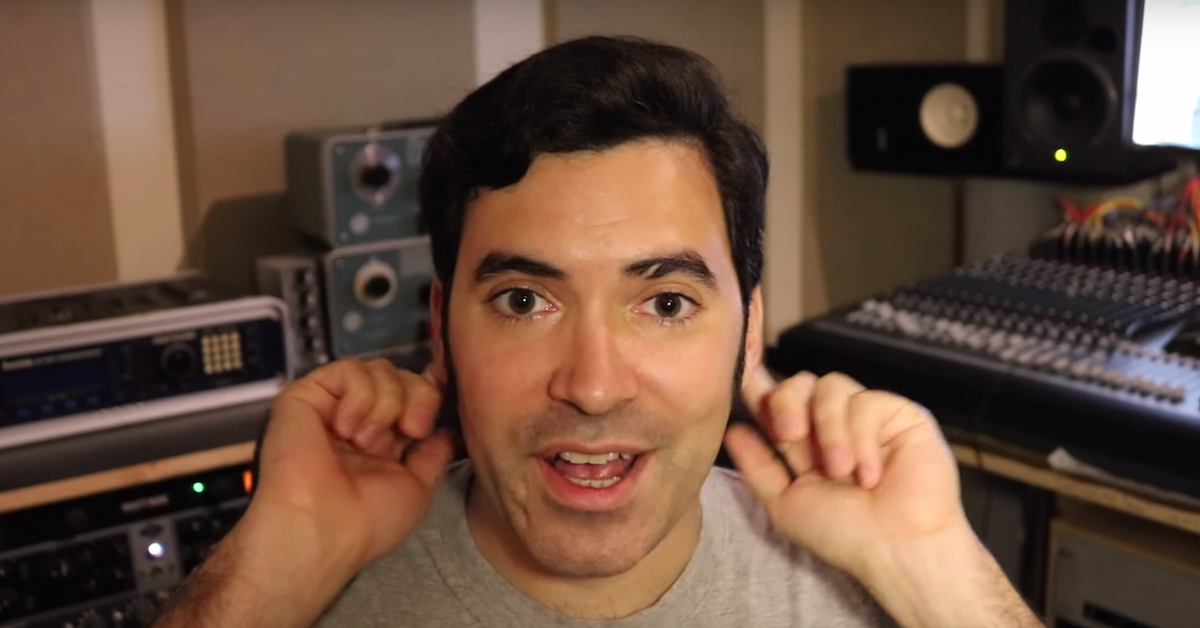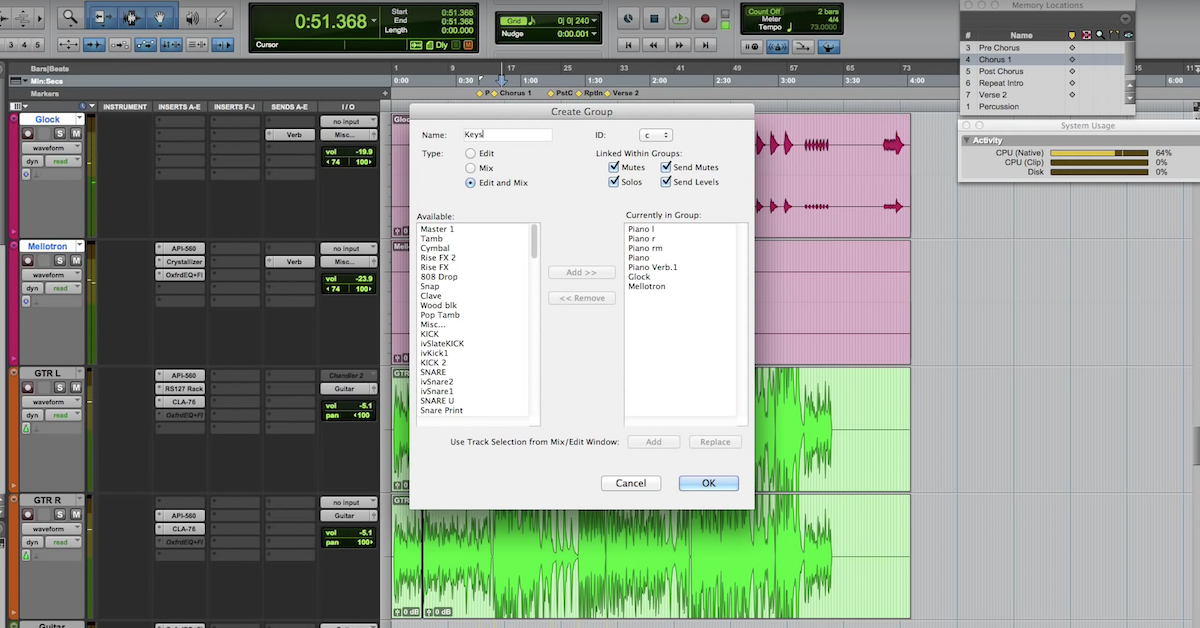Tips for Organizing Cables in the Recording Studio
Article Content
It’s hard to get excited about cables. Cable organization is a conversation that can put many to sleep. They’re a pain to wrap and it’s the slowest part of completing a session. There’s nothing fun about it.
I’m sure we’d all be shocked at the combined hours of cable wrapping we’ll do in a lifetime, and because many aren’t good about cable organization, it makes the process all the more painful.
There are a few steps we can take to limit our exposure to the cable blues. Many know how cable ties can keep your cables from becoming spaghetti during storage, but what about cable coding?
Morris Code
One might wonder why we’d need a cable coding system. Let me give you a scenario.
Imagine a rather large setup. Let’s say you have 12 mics set up. They’re all running to a junction box. Somewhere along the way, you may have plugged a mic into the wrong channel.
You’re only discovering this when you sit down and start patching your preamps. With a single or double mic setup, this wouldn’t he hard to track down. With large setups, this can be time-consuming and frustrating. You may find yourself in the live room following every cable from end to end.
You may get lucky on the first try, or it may be your last trace. There has to be a better way, right?
What if there was a way for every cable to have a unique marking? You would be able to look at the marking where the cable connects to the mic, and then look at where the cable connects to the junction box. Do they match your match?
This would also eliminate any confusion that may occur with a new intern or assistant.
Method
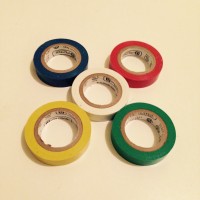 I like to use colored electrical tape to mark each cable. If you go to your local hardware store, you can often find multi-packs of colored electrical tape.
I like to use colored electrical tape to mark each cable. If you go to your local hardware store, you can often find multi-packs of colored electrical tape.
I recently purchased a pack with red, green, blue, white, yellow and black.
There’s quite a few combinations we can create from those basic colors.
System
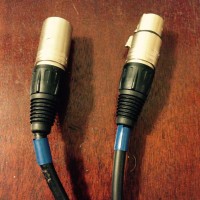
I not only like to color code cables, but I have a system for what kind of cable it is. For microphone cables, I start with a blue strip closest to the end of the cable.
Every mic cable will start with blue and add other variations to differ one cable from the next.
I do the same for instrument cables. These cables start with green.
You obviously don’t have to use my color system. If you happen to think yellow creates a more open sound, go for it! (p.s. if you hear a sound difference, please take your meds).
Numbers
Each cable of the same variety gets a stripe of another color. For example:
- Cable 1 could be green.
- Cable 2 could be green and white
- Cable 3 could be green, white and yellow
See where I’m going here? It’s a very simple concept that can make life way easier. In theory, you may never have to trace a cable again.
It may sound a little obsessive, but I color code every single cable. This goes for power cables, USB cables, MIDI cables, etc. — everything!
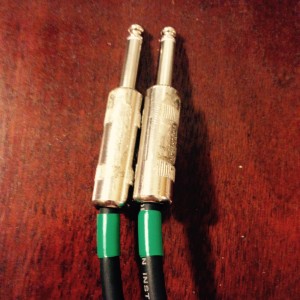
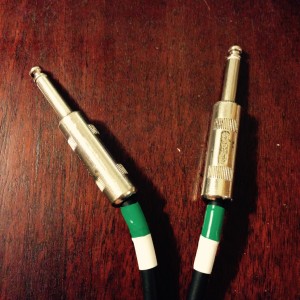
Burglar
Also, if a cable tries to “walk off,” it has an ID.
I once “lost” a cable. A few months later someone came in for a session.
They pulled a cable out of their bag.
It was my cable. I knew because of the coding. Busted!
Flower Power
Another less obvious example is power supplies used to power pedals for guitar, bass or outboard effects. I recommend studios have a Voodoo Labs Pedal Power 2.
It can solve a lot of noise problems on sessions where musicians bring in pedals with their own power.
When you get into using these power supplies, you’ll notice there are a variety of cables you’ll need for different pedals.
Sometimes, they have to be custom made. With power supplies, it’s not a good idea to just plug in a pedal without checking the polarity and power requirements.
For this reason, I color code each cable. I use the same formula as mentioned above. This allows me to quickly find the proper cable.
Breath Easy
I’m thinking about future problem solving here. I don’t like feeling flustered and frustrated at the start of a session. Luckily, there are ways to prevent this.
Realistically, we all make mistakes. How quickly you can recover becomes an important factor.
As much as I can, I like to reduce the tedious, annoying little hangups.
Someday, we’ll live in a George Jetson wireless world. People will look at pictures of studio spaghetti in the way we look at the tube radio.
Who knows, cables may even become the desire of an elitist community who sticks to the sonic imprint they add to a sound.
One thing is for sure, nobody is going to reminisce about organizing cables.




